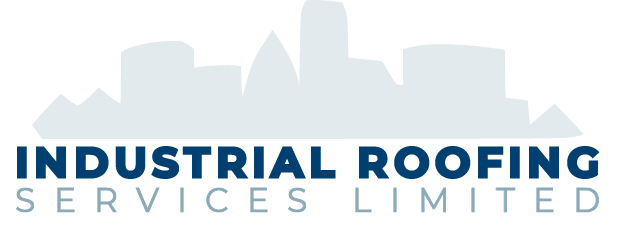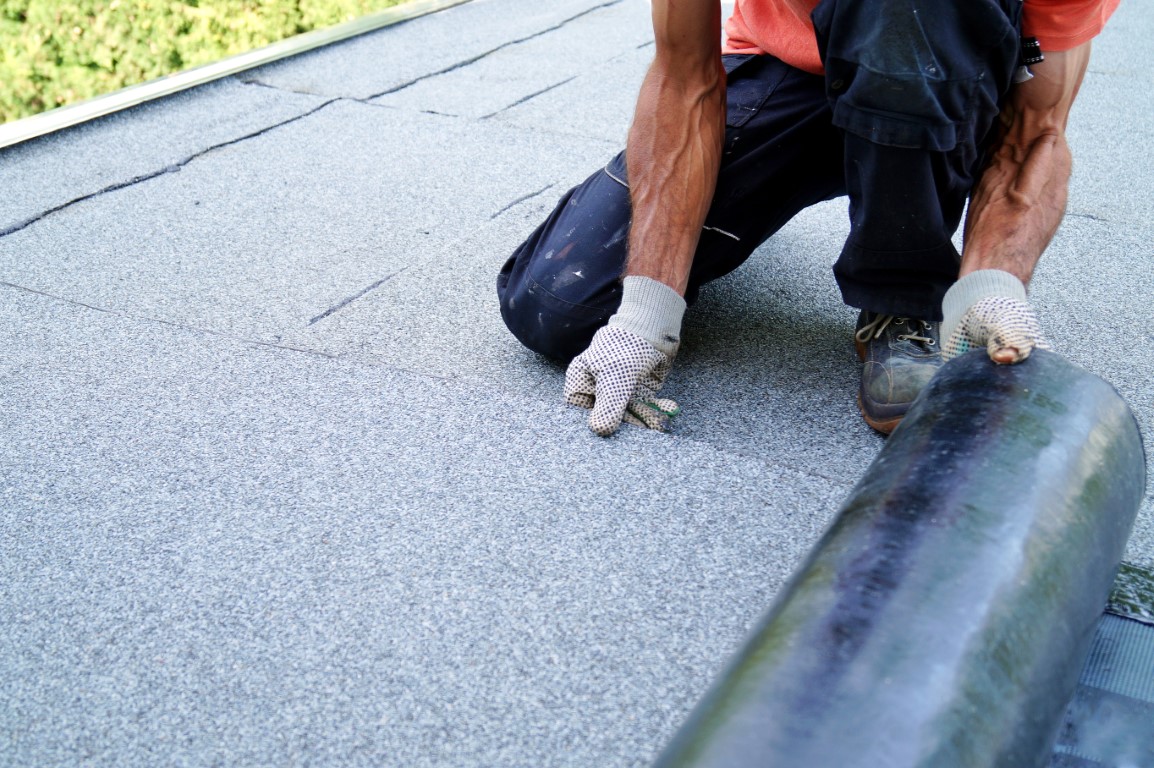As the seasons transition and leaves begin to carpet the ground, it’s a crucial time for property owners to turn their attention to their flat roofs. Neglecting maintenance can lead to costly repairs and compromise the integrity of your property. Fall is the opportune moment to undertake a comprehensive maintenance for flat roofs regimen.
Contact Industrial Roofing to schedule your annual flat roof maintenance!
The Significance of Flat Roof Maintenance
Maintaining a flat roof is not just a matter of appearance, it’s a critical aspect of preserving your property’s structural integrity. A well-maintained flat roof safeguards against leaks, water damage, and structural issues. Neglecting maintenance can lead to accelerated wear and tear, which ultimately shortens the lifespan of the roof. Regular upkeep ensures compliance with warranty requirements, preventing potential claims from being denied due to inadequate maintenance.
1. Inspecting Interior Signs of Roof Problems
Interior inspections are the first line of defence in maintaining a flat roof’s integrity. By examining the interior of your property, you can uncover early signs of potential roof issues. Watch out for mold growth, damp spots, peeling paint, or any visible signs of leaks. Addressing these problems promptly is crucial, as it prevents further damage and preserves the structural integrity of your building.
Benefits:
- Early problem detection: Identifying issues early allows for timely intervention, preventing minor problems from escalating into major, costly repairs.
- Preservation of structural integrity: Addressing interior signs of roof problems quickly ensures that the building’s framework remains strong and secure.
2. Ensuring Cleanliness
The cleanliness of a flat roof directly impacts its longevity and performance. Dirt and debris accumulation can obstruct drainage systems, leading to water pooling and potential damage to roofing materials. Regular, gentle cleaning with non-abrasive tools like brooms or soft-bristle brushes is essential. Removing debris promptly ensures unhindered water flow, reducing the risk of ponding.
Benefits:
- Prevention of drainage issues: Regular cleaning mitigates the risk of blocked drainage, which can lead to water damage and structural issues.
- Extended roof lifespan: Keeping the roof clean preserves the integrity of the material, potentially prolonging the lifespan of your flat roof.
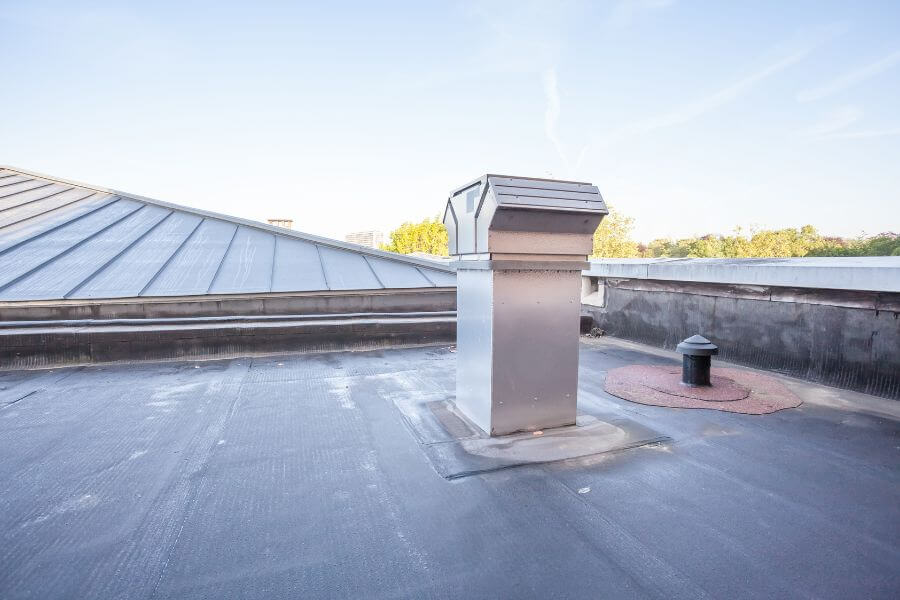
3. Assessing the Roof Surface
A comprehensive examination of the roof’s surface is a critical maintenance step. Look for any signs of damage, such as cracks, blisters, tears, or abrasions. Pay special attention to low spots, as they can lead to standing water. Identifying these issues promptly allows for timely repairs, preventing further damage.
Benefits:
- Prevention of water damage: Identifying and addressing surface damage early prevents water from seeping into the underlying structure, protecting against leaks and rot.
- Avoidance of structural compromise: Timely repairs maintain the structural integrity of the roof, ensuring it can withstand environmental stresses.
4. Checking Expansion Joints
Expansion joints are vulnerable areas that require special attention. Ensure they are free from cuts, gaps, and tears. These joints are crucial to the roof’s integrity, and any compromise can lead to water penetration.
Benefits:
- Waterproofing assurance: A well-maintained expansion joint ensures proper waterproofing, preventing moisture from infiltrating the roofing system.
- Enhanced longevity: Regular checks and maintenance of expansion joints contribute to the overall longevity and durability of the flat roof.
5. Verifying Flashings
Flashings play a pivotal role in sealing areas around vents, chimneys, skylights, and other openings in your roof. A close inspection is imperative to ensure they are secure and free from gaps. Damaged or loose flashings can be a source of leaks, making their maintenance critical.
Benefits:
- Leak prevention: Properly maintained flashings provide an effective barrier against water infiltration, reducing the risk of leaks and associated damage.
- Preservation of interior comfort: Well-maintained flashings help maintain a dry and comfortable interior environment, free from the effects of water damage.
6. Maintaining Drains
Proper drainage is paramount in preventing ponding, which can weaken the roof’s structure. Regularly check for signs of clogged drains, such as watermarks, mould growth, or moss. Addressing drainage issues promptly helps maintain the roof’s structural integrity.
Benefits:
- Structural stability: Effective drainage ensures that the roof structure remains sound, preventing potential damage caused by ponding water.
- Prevention of mould and moss growth: Addressing drainage issues promptly minimizes conditions conducive to mould and moss, preserving the roof’s material integrity.
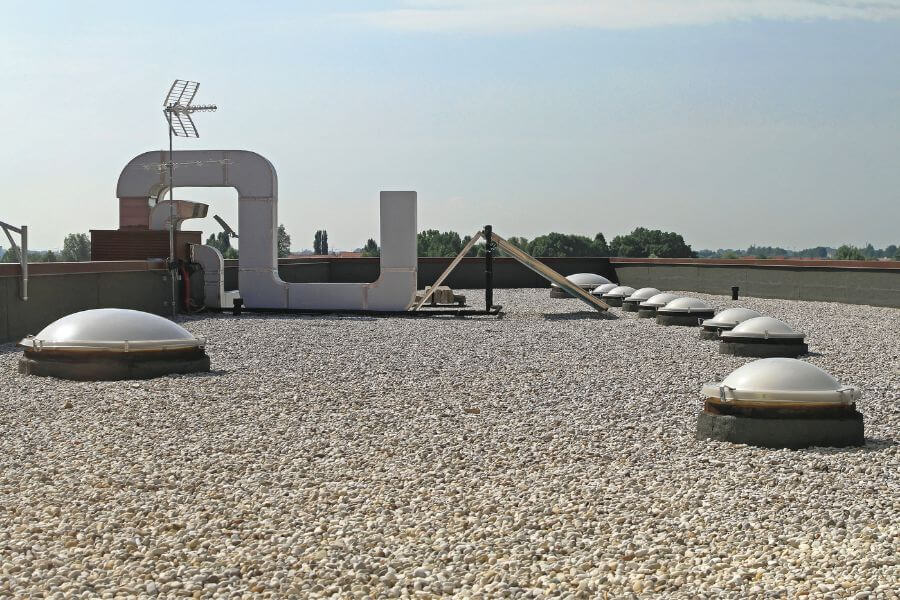
Investing time and resources in fall flat roof maintenance is a strategic move for any property owner. By carefully following this checklist, you’re not only ensuring the longevity and functionality of your flat roof but also protecting your property against potential structural issues and water damage. Remember, preventive maintenance is the cornerstone of preserving the integrity of your property’s flat roof.
If you require professional assistance or have concerns about your flat roof condition, don’t hesitate to reach out to Industrial Roofing Services Limited. Our team of experts is committed to ensuring the longevity and resilience of your flat roof!
